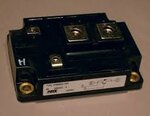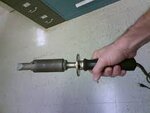T
treez
Guest
Hello,
We need to get 65A off a PCB on to another PCB.
We are thinking of ten 4mm plug jacks in parallel...but is their a better way?
Its just for a test jig, so that we can get the current to a dummy load PCB. Voltage is 1V5.
Its the output of an SMPS.
We need to get 65A off a PCB on to another PCB.
We are thinking of ten 4mm plug jacks in parallel...but is their a better way?
Its just for a test jig, so that we can get the current to a dummy load PCB. Voltage is 1V5.
Its the output of an SMPS.


